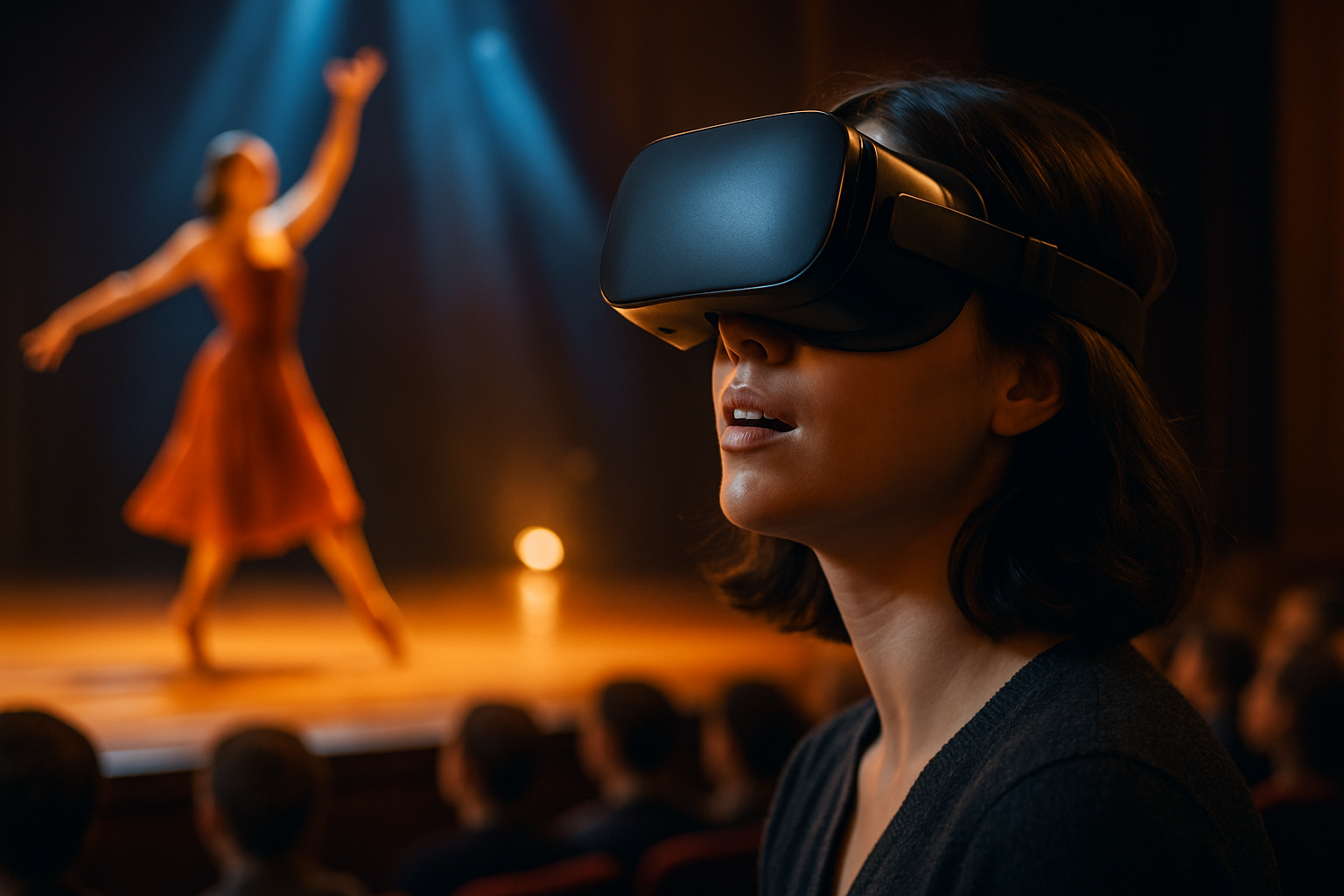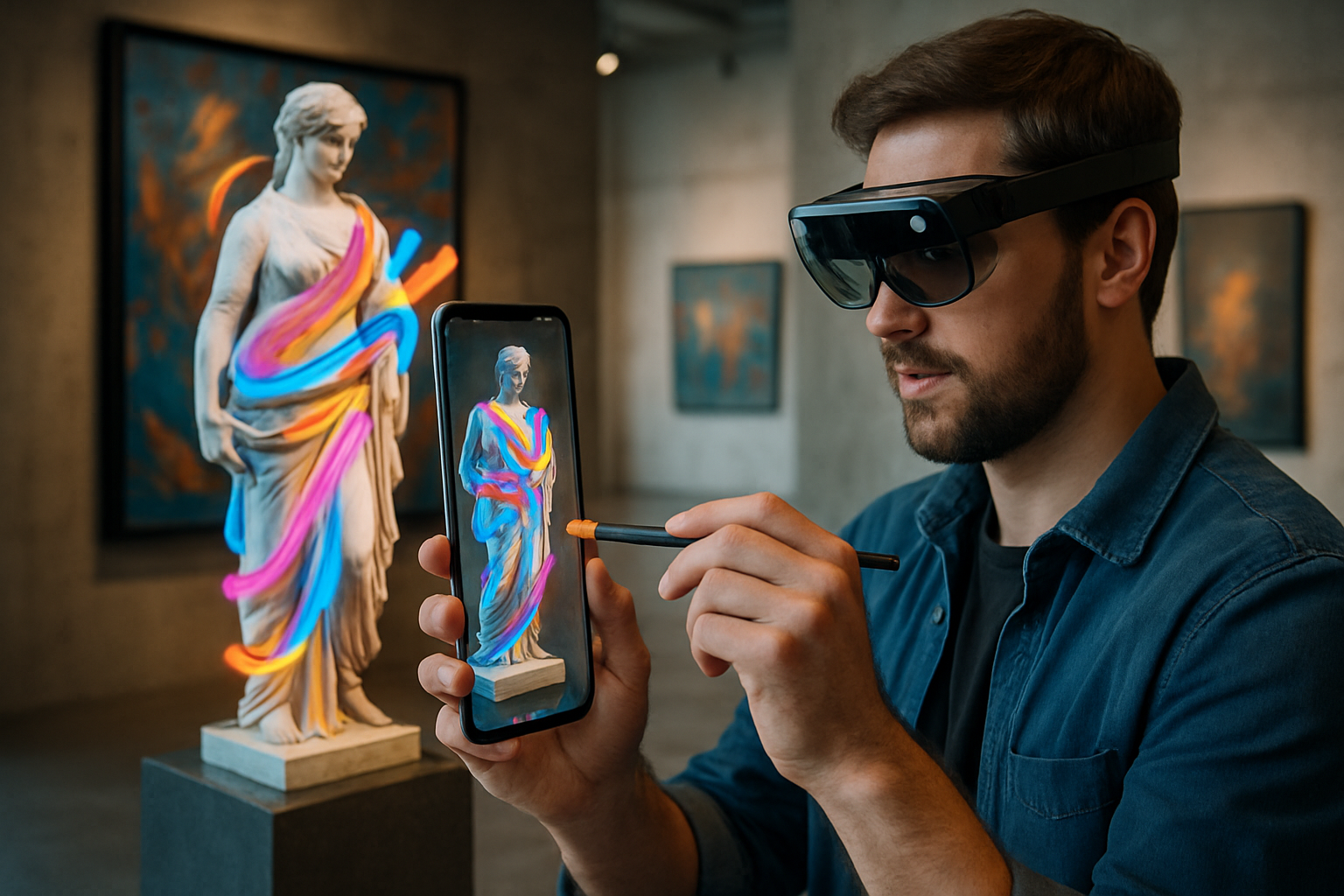Holographic Theater: The Next Frontier of Live Performance
In a world where digital technology continually reshapes our entertainment landscape, a groundbreaking form of theatrical experience is emerging. Holographic theater, once relegated to the realm of science fiction, is now poised to revolutionize live performance. This cutting-edge fusion of traditional stagecraft and advanced holographic projection techniques promises to redefine the boundaries between reality and illusion, offering audiences an immersive experience unlike anything seen before.

A Brief History of Holographic Projections
The concept of holography dates back to 1947 when Hungarian-British physicist Dennis Gabor developed the theory while working to improve electron microscopes. However, it wasn’t until the invention of the laser in the 1960s that practical holography became possible. In the entertainment world, holographic projections first gained widespread attention with the posthumous appearance of rapper Tupac Shakur at the 2012 Coachella music festival. This watershed moment sparked imagination and investment in holographic technology for live performances.
Technological Innovations Driving the Medium
Recent advancements in projection mapping, real-time rendering, and spatial audio have propelled holographic theater from concept to reality. High-resolution laser projectors, coupled with ultra-reflective screens and sophisticated motion-tracking systems, allow for the creation of stunningly realistic holographic characters. These digital apparitions can now move freely about the stage, interacting with physical set pieces and human actors with unprecedented fluidity and believability.
The Artistic Possibilities of Holographic Theater
Holographic theater opens up a world of creative possibilities for playwrights, directors, and performers. Historical figures can be brought back to life, fantastical creatures can roam the stage, and impossible sceneries can materialize in an instant. This technology allows for rapid scene changes, multiple perspectives, and the seamless integration of cinematic special effects into live theater. Productions can now transcend the physical limitations of traditional stagecraft, offering audiences a truly transformative experience.
Challenges and Considerations
Despite its enormous potential, holographic theater faces several hurdles. The technology required for high-quality holographic projections remains expensive, limiting its accessibility to only the most well-funded productions. There are also concerns about the potential for holographic performances to replace live actors, raising questions about the future of traditional theater jobs. Additionally, the integration of holographic elements with live performances requires a delicate balance to maintain the emotional connection between performers and audience that is central to the theatrical experience.
The Future of Holographic Theater
As technology continues to advance and costs decrease, holographic theater is poised to become more prevalent in the coming years. We can expect to see this medium expand beyond traditional theater spaces into museums, theme parks, and educational institutions. The potential for remote performances, where holographic actors can appear simultaneously on stages around the world, opens up exciting possibilities for global theatrical collaborations.
Audience Reception and Critical Response
Early adopters of holographic theater have reported mixed reactions from audiences. While many are captivated by the novelty and spectacle of the technology, some critics argue that it can detract from the raw emotional power of live performance. Theater purists worry about the potential loss of intimacy and spontaneity that defines traditional stage productions. However, proponents argue that when used judiciously, holographic elements can enhance rather than diminish the theatrical experience, opening up new avenues for storytelling and audience engagement.
The Impact on Theater Education and Training
The emergence of holographic theater is already beginning to influence theater education and training programs. Acting schools are incorporating classes on performing alongside digital projections, while technical theater programs are expanding their curriculum to include holographic design and implementation. This shift is preparing the next generation of theater professionals to work in an increasingly technologically integrated performance landscape.
Ethical and Philosophical Implications
The rise of holographic theater raises intriguing ethical and philosophical questions about the nature of performance and reality. Can a holographic representation of a deceased performer truly capture the essence of their artistry? How does the ability to create hyper-realistic digital characters impact our perception of truth and authenticity in art? These questions are sparking lively debates among artists, critics, and audiences alike, challenging our understanding of what constitutes a live performance in the digital age.
In conclusion, holographic theater stands at the forefront of a new era in live performance. As this technology continues to evolve and mature, it has the potential to redefine the boundaries of theatrical expression, offering audiences experiences that were once thought impossible. While challenges remain, the fusion of traditional stagecraft with cutting-edge holographic technology promises to usher in an exciting new chapter in the history of theater, one where the only limit is the imagination of its creators.




